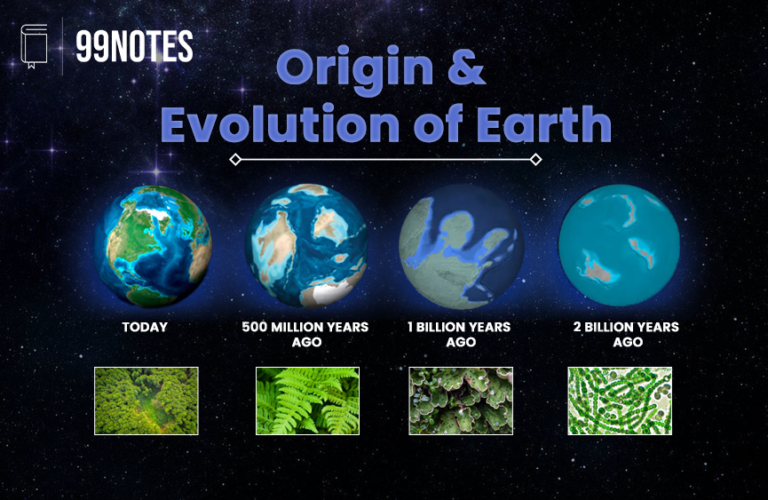The Revival of Political Activity
The differences between the moderates and the extremists led to the split in Congress and the exit of the extremists from Congress in the Surat session of Congress in 1907. After this, Congress was in a condition of almost total inactivity. Politics in the aftermath of the Surat split Inactivity within Congress: Many moderate leaders…







